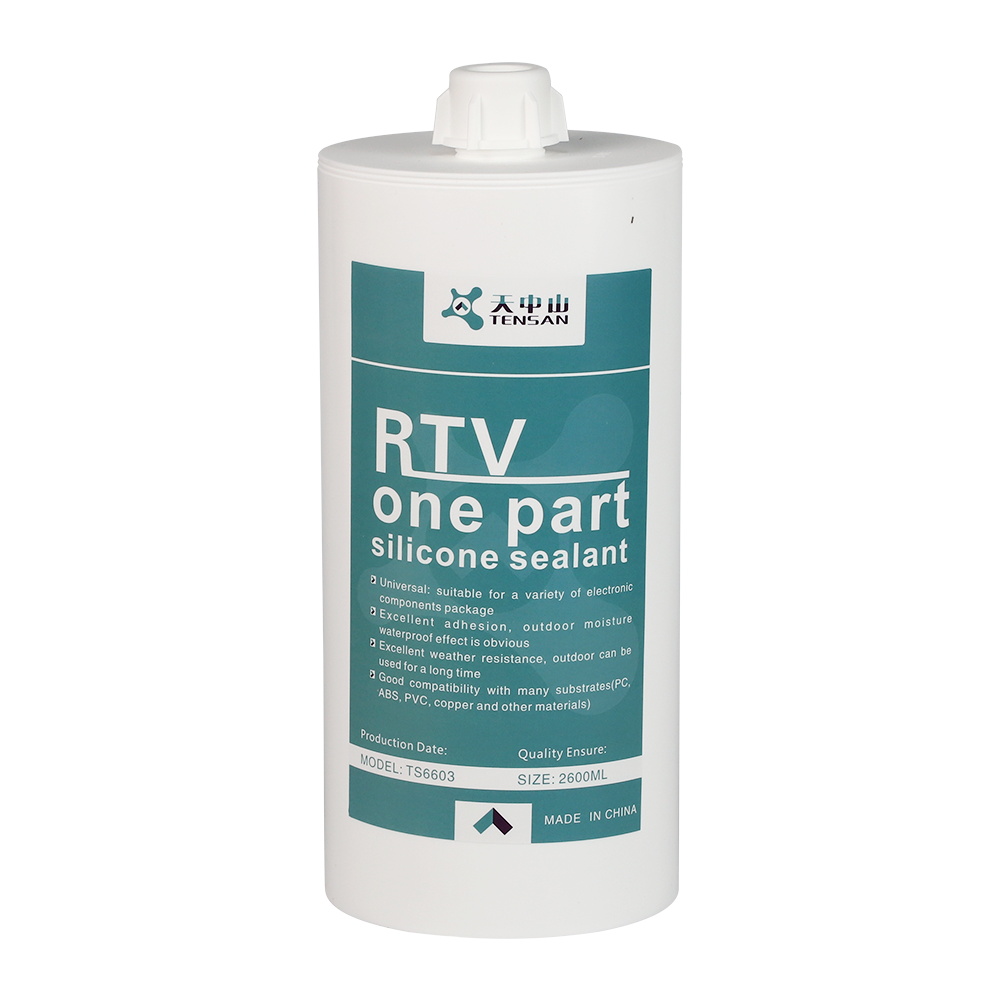Traditional applications of thermally conductive adhesives for packaging include: chip soldering, microelectronic packaging for mounting heat sinks, and sensor packaging. In addition, with the development of electronic and electrical engineering, LED lights, solar equipment, heat exchangers and automotive parts, more and more new power electronics have different needs than before. Thermally conductive adhesives have a wide range of applications for these products, in addition to meeting different mechanical properties, unique requirements and challenging process parameters, such as adhesives to join components with mismatched thermal conductivity.
